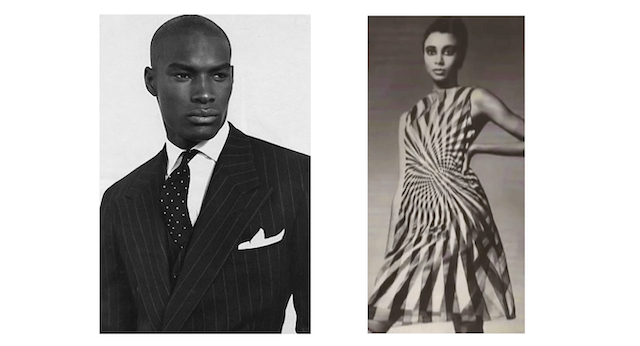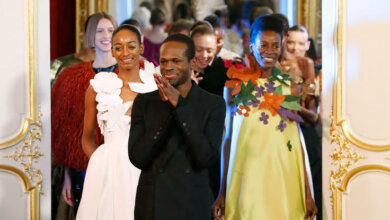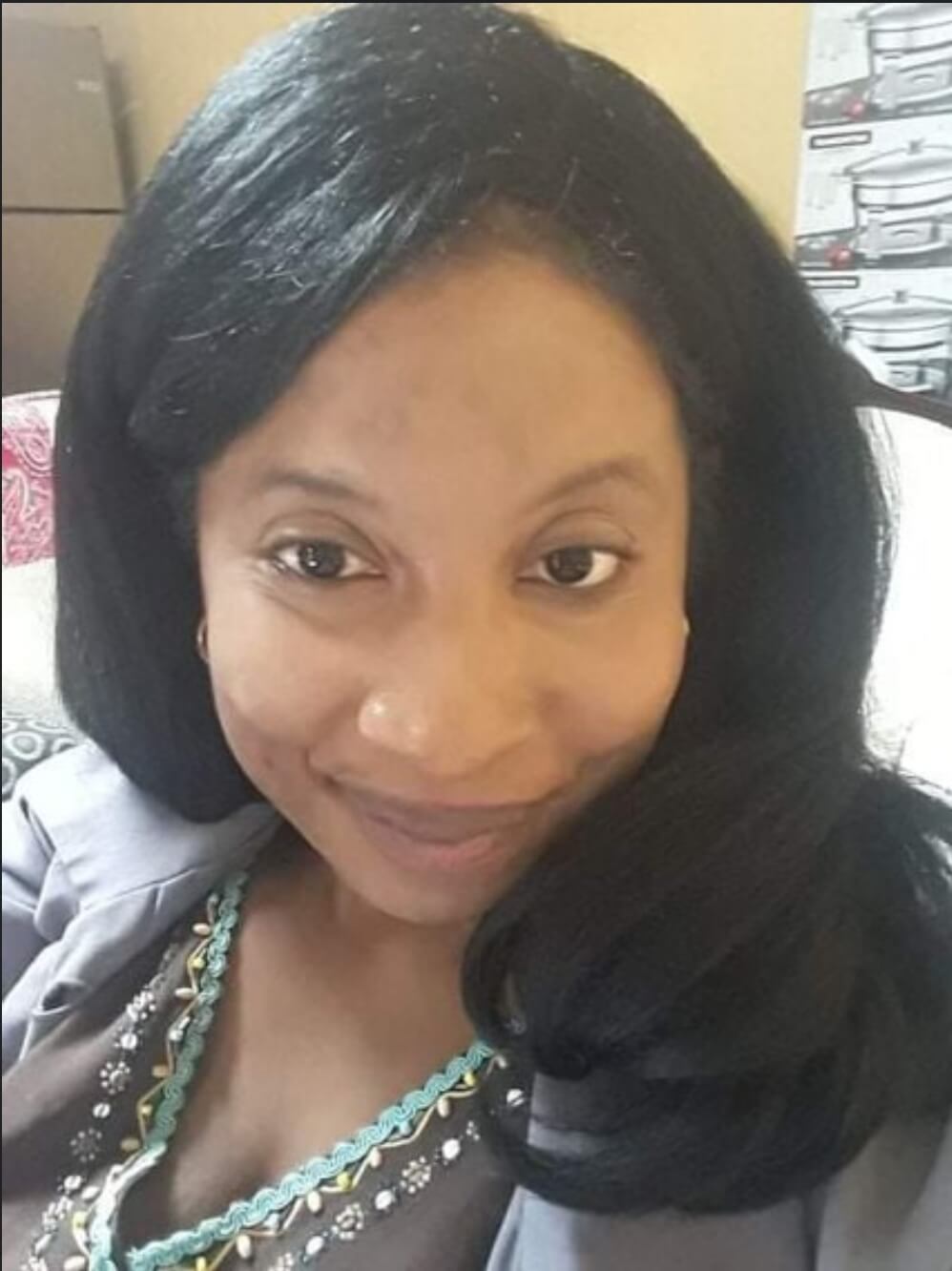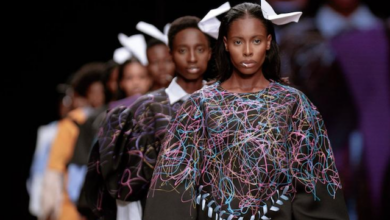The Valley of the Dolls: the Mercurial Ambiance of Pioneering Black Models

Circa 1970s brought with it startling shows filled with flashing cameras and Black models. The lights were bright and lipsticks were swapped between models. Their sharp cheekbones were colored for the general admiration of the fashion republic.
Between this swapping of lipsticks and stroke of brushes, a new front was on its peak and a collection of glimmering ‘dolls’ glided down famous stages. Applauded by startled fashion editors on both sides, whispers of wonder and sophistication were shared amongst the audience. An audible gasp could be heard whiles a thundering cheer rolled all around, welcoming the stoic new faces of the industry.
However, from the time of Dorathea Towles, various Black models have remained insistent in their haggard time and place of racial imbalances. Born in 1922, with a fashionably gorgeous stare, Dorathea rewrote history for many, becoming a handpicked choice of Christian Dior. In 1950, she became the first top Black model to walk the Paris exclusives.
Read also: Clinking glasses and Euphoria: the wealth of Creativity that abounds in Ghana
Another from the late 1940s and ’50s was Sara Lou Harris, holding the distinction of the first Black model to appear in a national advertisement.
Spilling over to the raw allure of the 1960s, Donyale Luna became the first Black supermodel. She soared to the charts in the fashion industry and landed exotic spreads in Harper’s Bazaar and the British Vogue. She served as a muse to the enigmatic photographer Richard Avedon. Thus the fashion industry and the world at large witnessed a groundbreaking moment in fashion history. Highend editorial shoots featured Luna in vintage couture and avant-garde poses. Through the lens of Richard Avedon, Donyale Luna set the criteria for every succeeding model.
In direct succession, the industry saw a sprout of many other Black models. Beverly Johnson for example was the first to grace the covers of the American Vogue. So profound was her shoot that other major magazine publications featured a line of dark models.
Although it took a while for the industry to appreciate Black male models, Sterling St Jacques, made an impressive spread on the cover of Playmen magazine, changing the status quo. He walked for the likes of Givenchy and Halston. He pioneered the revolution and paved a way for Ralph Lauren to hire Tyson Beckford as the Polo man for its sportswear in 1993. He then went ahead to be named as one of the “50 most beautiful people in the world” by People magazine. Likewise, Alton Mason became the first Black male model to walk for Chanel in 2018, in the fashion house’s history of runway shows.
For world domination, Naomi Campbell has appeared on the covers of over 500 fashion magazines and starred in various fashion campaigns across the globe. Featuring brands like Burberry, Versace, and Yves Saint Laurent amongst others. Serving as a muse for Gianni Versace, she brought to attention the eternal aura of class that surrounds black beauty. Standing elegantly tall, she walked numerous runways and practically casts a spell on her audience. A flash of shiny ebony black ankles caught in strappy heels, she saunters on stage, gracefully sways, and beckons an entire generation of dark-skinned models to hope and dream.
Alek Wek, an equally successful model has channeled both strength and courage in the pursuit of dreams. In 2004, she made fashion history as the first black model to be cast as a “bride” to close the Chanel haute couture show. The influence of the predecessor’s so profound in history that the industry has assimilated to include various dark-skinned models in their runway shows and fashion shoots. All around the recognition of each other is glorious.
Written by CHARLES KWESI NIMAKO JUNIOR / Edited by Arakunrin Lekan
Oral Ofori is Founder and Publisher at www.TheAfricanDream.net, a digital storyteller and producer, and also an information and research consultant.





